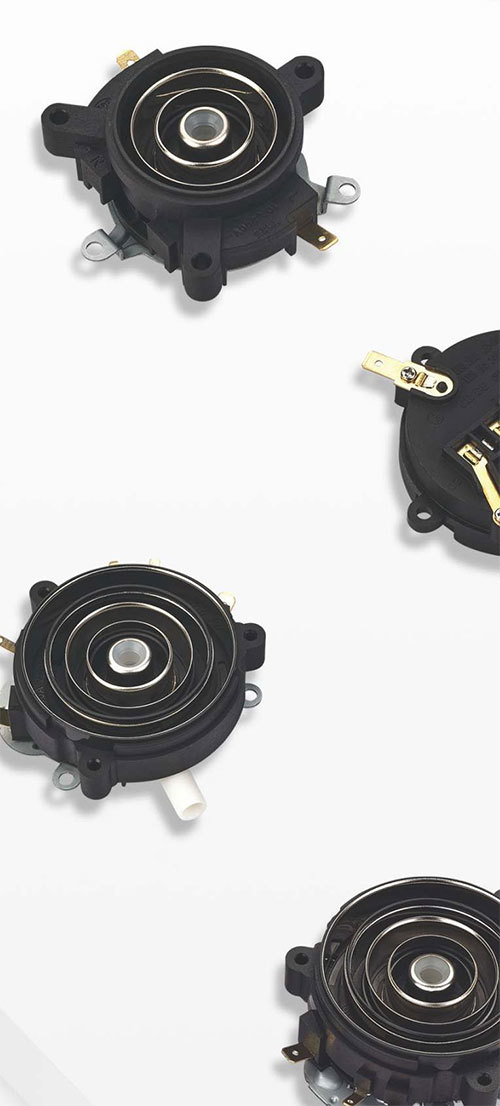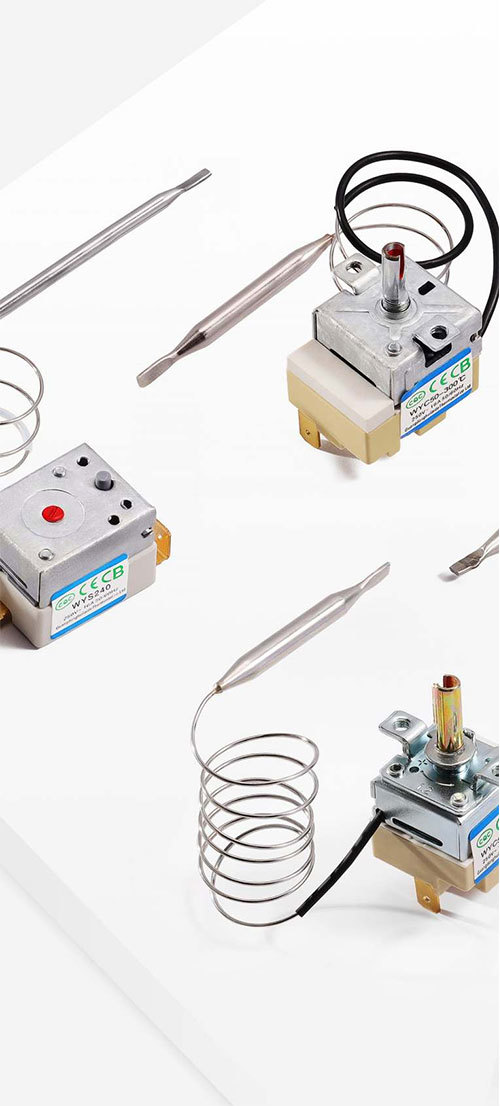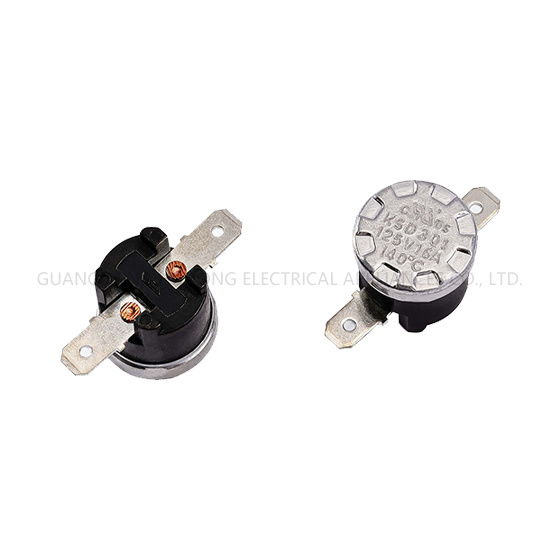Understanding Bimetal Thermostat Switches: Essential Components for Laboratory Temperature Control
Classification: knowledge
Time:2025-06-05
In the chemical laboratory environment, having reliable temperature control is essential for experiments, reactions, and processes. Bimetal thermostat switches offer several advantages for temperature regulation. Firstly, they provide accurate and consistent temperature monitoring, which is crucial for experiments that require specific thermal conditions. This accuracy helps ensure that reactions occur as expected, minimizing errors and enhancing the reliability of results.
Another significant benefit of bimetal thermostat switches is their robustness. These devices are designed to withstand harsh environments typically found in chemical laboratories, including exposure to various chemicals and fluctuating temperatures. This durability ensures a longer lifespan and reduces the frequency of replacements, which can be both costly and time-consuming.
Bimetal thermostat switches are also versatile in their applications. They can be employed in various laboratory equipment, such as incubators, refrigerators, and ovens. This versatility makes them a popular choice among laboratory professionals seeking efficient temperature control solutions. Furthermore, their mechanical operation eliminates the need for external power sources, making them an energy-efficient option for temperature regulation.
It is essential for professionals in the chemical industry to recognize the importance of integrating bimetal thermostat switches into their laboratory setups. Proper installation and calibration of these switches can significantly enhance temperature control, leading to better experimental outcomes. Regular maintenance and inspection of the thermostat switches should also be part of a routine safety and operational protocol to ensure optimal performance.
In conclusion, bimetal thermostat switches play a vital role in the functionality of laboratory equipment within the chemical industry. Understanding their operation, applications, and advantages can empower laboratory professionals to optimize their temperature control systems. By leveraging the benefits of these switches, laboratories can achieve more reliable results and maintain the integrity of their experiments.
Keyword: Understanding Bimetal Thermostat Switches: Essential Components for Laboratory Temperature Control
RELATED INFORMATION
Understanding Bimetal Thermostat Switches: Essential Components for Laboratory Temperature Control
Bimetal thermostat switches are critical components in various applications, especially in laboratory settings where maintaining precise temperature is vital. These switches operate based on the principles of thermal expansion, utilizing two different metals bonded together. As the temperature changes, these metals expand at different rates, causing the bimetallic strip to bend. This bending actio
2025/06/05
Why Your Lab Needs a Bimetal Thermostat Switch for Precision Control
Why Your Lab Needs a Bimetal Thermostat Switch for Precision Control Table of Contents 1. Introduction to Bimetal Thermostat Switches 2. The Importance of Precision Control in Laboratories 3. How Bimetal Thermostat Switches Work 4. Benefits of Using Bimetal Thermostat Switches 5. Applications in Laboratory Settings 6. Installation Guidelines for Bimetal Thermostat Switches
2025/05/31










